Sodium cyanide Copper plating is a traditional Electroplating method widely utilized in various industries, particularly in electronics and jewelry manufacturing. This process involves the use of a Plating solution that acts as a complexing agent, primarily composed of copper ions and a certain amount of Free cyanide, all maintained in a strongly alkaline environment. While this method has proven effective, several factors can significantly influence the quality of the final product. Understanding these factors is crucial for optimizing the plating process and ensuring high-quality outcomes.
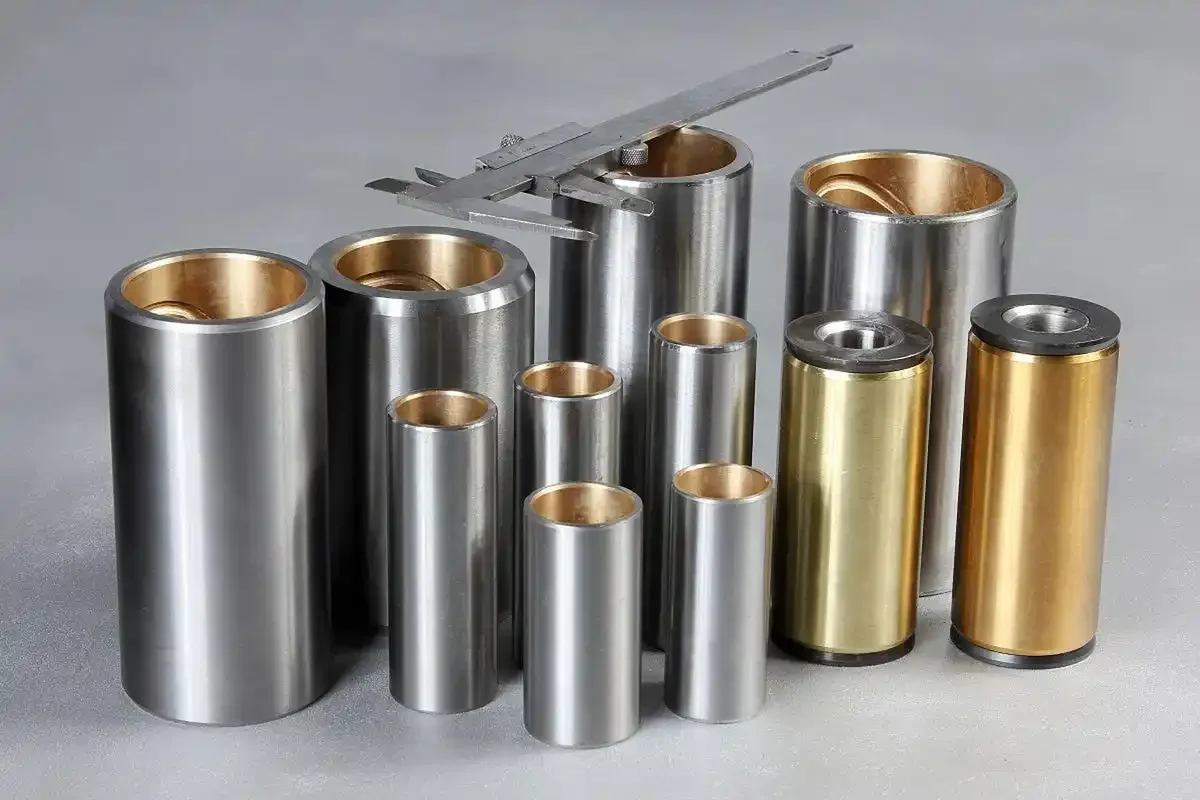
1. Temperature Control
One of the most critical factors affecting Sodium cyanide copper plating is the temperature of the plating solution. The optimal temperature range for this process is generally between 50°C to 65°C. Within this range, the cathode current efficiency is maximized, leading to a more uniform and high-quality copper deposit.
When the temperature is too low, the cathode current efficiency decreases, resulting in poor plating quality. Conversely, excessively high temperatures can lead to the decomposition of the plating solution, producing undesirable byproducts such as sodium carbonate and ammonia. These byproducts can adversely affect the plating process and the quality of the final coating. Therefore, maintaining the appropriate temperature is essential for achieving optimal plating results.
2. Current Density Management
Current density is another vital factor that influences the efficiency and quality of Sodium Cyanide copper plating. Current density refers to the amount of electric current applied per unit area of the cathode. Increasing the current density can lead to a reduction in both cathode and anode current efficiencies.
When the anode current density becomes too high, it can result in anode passivation, a condition where the anode becomes less reactive and hinders the plating process. To mitigate this issue, the use of a periodic commutation power supply can be beneficial. This technique allows for a controlled increase in current density, enabling better management of the plating process and improved coating quality.
3. The Role of Cyclic Reversing Power Supply
The implementation of a cyclic reversing power supply in the electroplating process can significantly enhance the quality of the copper coating. This method allows for the adjustment of anode current density, which can lead to a reduction in the porosity of the coating. A less porous coating is generally more desirable, as it provides better protection against corrosion and improves the overall durability of the plated surface.
Additionally, the use of a cyclic reversing power supply can enhance the leveling performance of the plating solution. By adding a small amount of metal salt brightener to the solution, it is possible to achieve a bright copper coating with excellent leveling characteristics. This combination of techniques can result in a high-quality finish that meets the stringent requirements of various applications.
4. Impurities and Their Management
The presence of impurities in the plating solution can have a detrimental effect on the quality of the copper deposit. One of the most common impurities encountered in sodium cyanide copper plating is carbonate. If the carbonate content exceeds 70g/L, it is essential to remove it to maintain the integrity of the plating process.
The typical method for removing excess carbonate involves cooling the plating solution to below 0°C, allowing the carbonate to crystallize naturally. While this method is straightforward and effective, it is important to note that approximately 10% of the metal salt may be lost during the crystallization process. Therefore, careful consideration must be given to the management of impurities to ensure that the plating solution remains effective and that the quality of the final product is not compromised.
Conclusion
Sodium cyanide copper plating is a widely used electroplating method that offers numerous advantages in terms of efficiency and quality. However, the success of this process is heavily dependent on several critical factors, including temperature control, current density management, the use of cyclic reversing power supplies, and the management of impurities.
By understanding and optimizing these factors, manufacturers can enhance the quality of their copper coatings, ensuring that they meet the rigorous demands of various industries. As technology continues to advance, ongoing research and development in the field of electroplating will likely lead to further improvements in the sodium cyanide copper plating process, paving the way for even higher quality and more efficient production methods.
In summary, the careful management of temperature, current density, power supply techniques, and impurity levels is essential for achieving optimal results in sodium cyanide copper plating. By focusing on these key factors, manufacturers can ensure that their electroplating processes yield high-quality, durable, and reliable copper coatings that meet the needs of their customers.
- Random Content
- Hot content
- Hot review content
- IPETC 95%Metal sulfide mineral collector Z-200
- Plastic Shock Tube(VOD≧1600m/s)
- Sodium bisulfite 99% High Quality Factory Supply
- Barium carbonate 99% powder
- calcium chloride anhydrous for food
- Fertilizer magnesium sulfate/magnesium sulfate monohydrate
- Fuel Additive Octane Value Booster Ferrocene
- 1Discounted Sodium Cyanide (CAS: 143-33-9) for Mining - High Quality & Competitive Pricing
- 2China's New Regulations on Sodium Cyanide Exports and Guidance for International Buyers
- 3Sodium Cyanide 98% CAS 143-33-9 gold dressing agent Essential for Mining and Chemical Industries
- 4International Cyanide(Sodium cyanide) Management Code - Gold Mine Acceptance Standards
- 5China factory Sulfuric Acid 98%
- 6Anhydrous Oxalic acid 99.6% Industrial Grade
- 7Oxalic acid for mining 99.6%
- 1Sodium Cyanide 98% CAS 143-33-9 gold dressing agent Essential for Mining and Chemical Industries
- 2High Quality 99% Purity of Cyanuric chloride ISO 9001:2005 REACH Verified Producer
- 3Zinc chloride ZnCl2 for High Molecular Weight Polymers Initiator
- 4High Purity · Stable Performance · Higher Recovery — sodium cyanide for modern gold leaching
- 5High Quality Sodium Ferrocyanide / Sodium Hexacyanoferr
- 6Gold Ore Dressing Agent Safe Gold Extracting Agent Replace Sodium Cyanide
- 7Sodium Cyanide 98%+ CAS 143-33-9

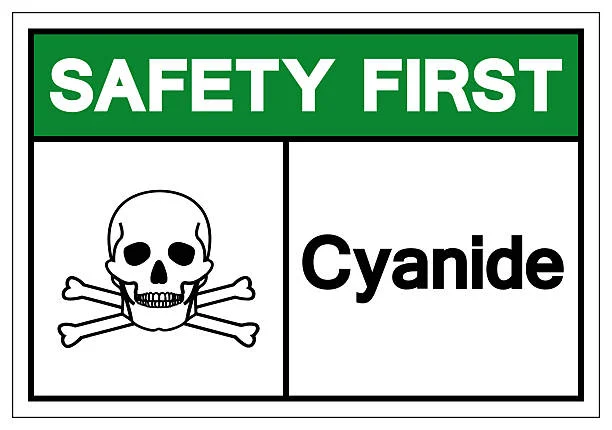
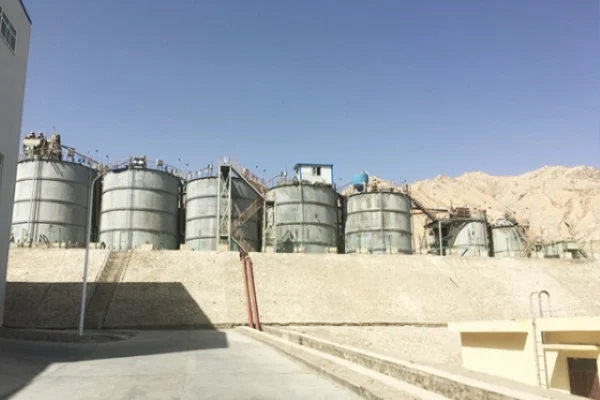


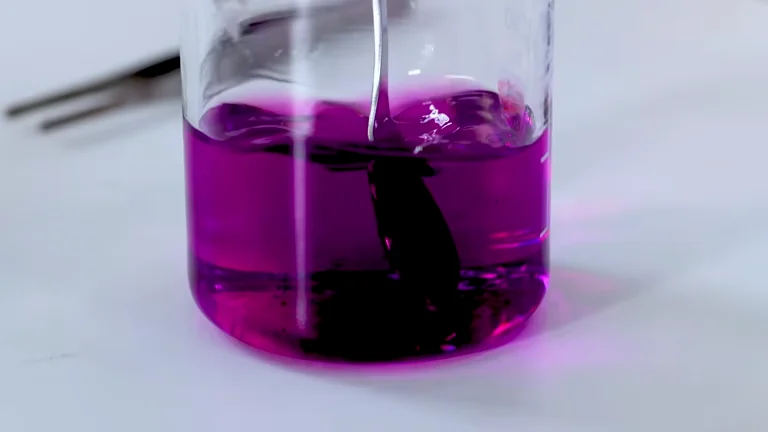

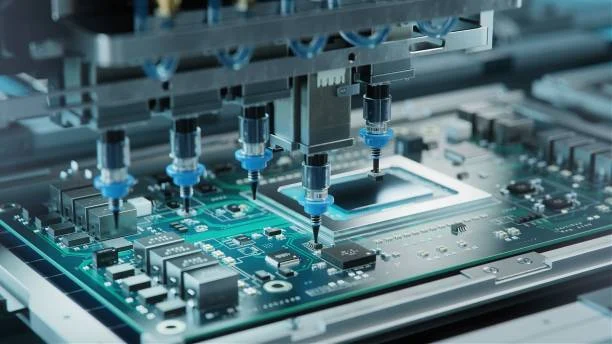



Online message consultation
Add comment: